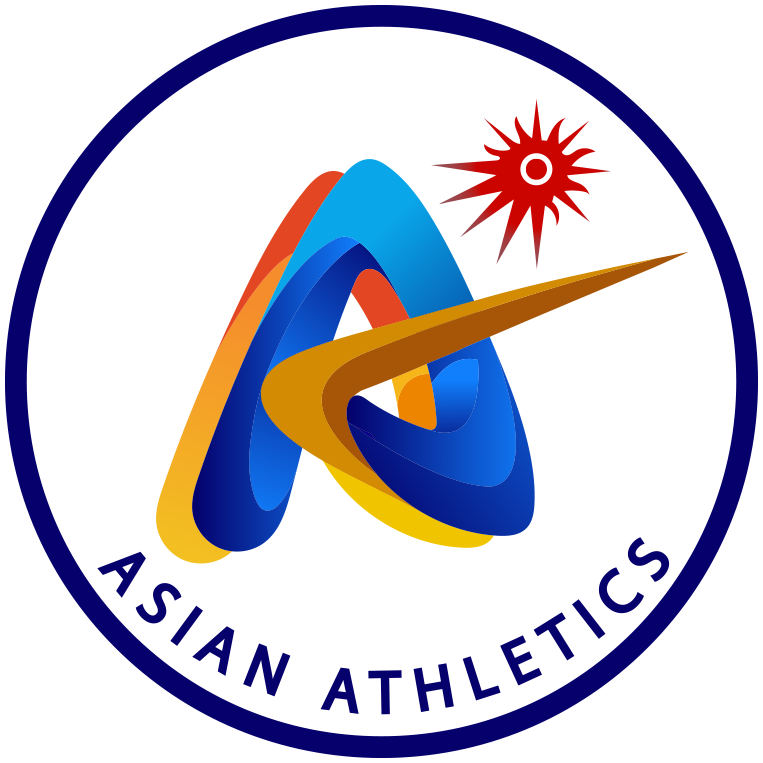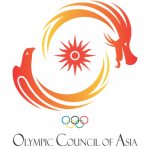Athletes from Japan dominated in jumping events, especially in long and triple jumps, globally from the early part of the twentieth century. There was an interesting “hat-trick” of gold medals in Triple Jump by Japanese athletes at the Olympic Games between 1928 and 1936.
The pioneer in hop, step and jump from that era was Mikio Oda who, after a sixth place finish in 1924 at Paris, went on to win the coveted title four years later at Antwerp 1928 with 15.21m. His compatriot Chuhei Nambufinished outside the podium at that time, but managed to take the top spot in Los Angeles 1932 with a World Record (15.72m). Kenkichi Oshima took the bronze medal (15.12m) while Oda finished a disappointing twelfth place at LA (13.97m). However, Oda inspired a whole generation of Japanese athletes and put them on the golden streak as Naoto Tajima continued the tradition by winning the Triple Jump gold at Berlin in 1936 with a World Record (16.00m) at the magnificent Olympiastadion.

Like Nambu and Tajima, Oda also held a WR in his name. Oda achieved this honour at Tokyo’s Meiji Jingu Stadium in 1931 with a brilliant 15.38m during the Students vs National Team athletics match. The trio were the only world record-holders in triple jump from Asia to date.
Naoto Tajima was born in Osaka on 15th August 1912. He had his primary education in Iwakuni High School at his father’s hometown Iwakuni in Yamaguchi prefecture. He went on to become a graduate in Economics at Kyoto Imperial University.
Naoto gets interest in athletics through his elder brother Moto Tajima, a champion athlete of his time, who acquired jumping skills from none other than Mikio Oda during his training stint at Hiroshima. Naoto excelled in both long and triple jumps. His first medals at the national championships came in 1930 when he got a silver in long jump (6.70m) and a bronze in triple jump (14.27m).
He made his first major appearance at the global stage while competing at the Los Angeles Olympic Games in 1932. There he took part in long jump and his best jump (7.15m) put him on the sixth place at that time. Two years later Naoto won two medals in the Far Eastern Asian Games, a gold in long jump (7.30m) and a bronze in triple jump (14.95m).
His major success in Long Jump arrived in 1935 during World University Games at Budapest. He made a golden leap there with a noteworthy 7.52m, while his teammate Masao Harada taking the bronze medal in 7.37m—that was just 2 cm shy of the silver medal winning performance by ace German athlete Luz Long.
The following year Naoto met Luz Long in Olympiastadion during the Berlin Olympics. It was his second appearance in the quadrennial games. Further his confidence level was boosted with the victory at Budapest Universiade earlier. However, Naoto fails to realise an important point. The athletes from United States of America did not compete in that edition of the World University Games.
In Berlin, the US athletes dominated the track and field events. Jesse Owens amazed the audience by conquering four gold medals with his exploits in front of the German Chancellor Adolf Hitler. Apart from winning in 100 and 200m sprint races, Owens took the gold in Long Jump and anchored the US 4 x 100m relay quartet to the victory to achieve this rare feat. On 4th August 1936, Jesse Owens leapt a stupendous 8.06m against home favourite Luz Long for the gold. The German did 7.87m for the silver, but had the satisfaction of avenging his defeat to Naoto at the Universiade the previous year. Naoto equalled his personal best (7.74m) for the bronze medal.

Two days later Naoto joined the line-up for the triple jump finals. To everyone’s surprise he delivered explosive performance right from the first round (15.76m). His “World Record” appeared in the fourth round (16.00m) as he hop (6.20), step (4.80) and jump (5.00) his best ever to complete a saga of Japanese triple jump triumphs in the Olympic history.
His best triple jump mark prior to his Berlin exploits was only 15.40m. Naoto went to Berlin as a second ranked athlete from Japan in triple jump behind Masao Harada (15.67m). However, his scintillating 16 metres was a stunner at the finals as he improved a sizeable 22 centimetres to the previous world mark. Naoto’s record stood over 15 years, the longest in triple jump at that time. Jonathan Edwards’ current world record of 18.29m is intact for the past 25 years!
Harada won the silver medal at Berlin by logging 15.66m.
Triple jumpers from China are dominating the Asian scene in recent times.

Although winning a gold medal with a world mark in triple jump brought him happiness, Naoto revealed that he is valued the long jump bronze as much important and said he specialised on long jump while triple jump came only as an extra skill.
After the Berlin Olympics, Naoto married Asa Dogura. Asa was a Japanese athlete who took part in 100m and sprint relay in 1932 Los Angeles Olympic Games. The couple met during their sojourn to LA Games on a ship. Their wedding was a first of its kind among the Japanese Olympic athletes of their times.
Naoto was employed with Mitsui Sunagawa Mine and also served as a Managing Director of Japan Association of Athletics Federations. He was also become a member of the Japan Olympic Committee. Tajima coached the Japanese athletics teams in 1956 and 1964 Olympic Games. He was also worked as a lecturer in Chukyo University.
After Naoto’s gold in Berlin, it took 64 years for Japan to win another in athletics through marathon runner Naoko Takahashi in Sydney 2000.
Naoto Tajima died in 1990 at the age of 78. An athletics meet was instituted in his memory and held since 2004.
Yearly Progression:
LONG JUMP:
1930 – 7.07m, 1932 – 7.44m, 1933 – 7.41m, 1934 – 7.48m, 1935 – 7.74m, 1936 – 7.74m
TRIPLE JUMP:
1930-14.27m, 1932-14.99m, 1933-15.05m, 1934-14.95m, 1935-15.16m, 1936-16,00m WR.
Ram. Murali Krishnan for Asian Athletics With the help of Tatsumi Senda & Ken Nakamura


